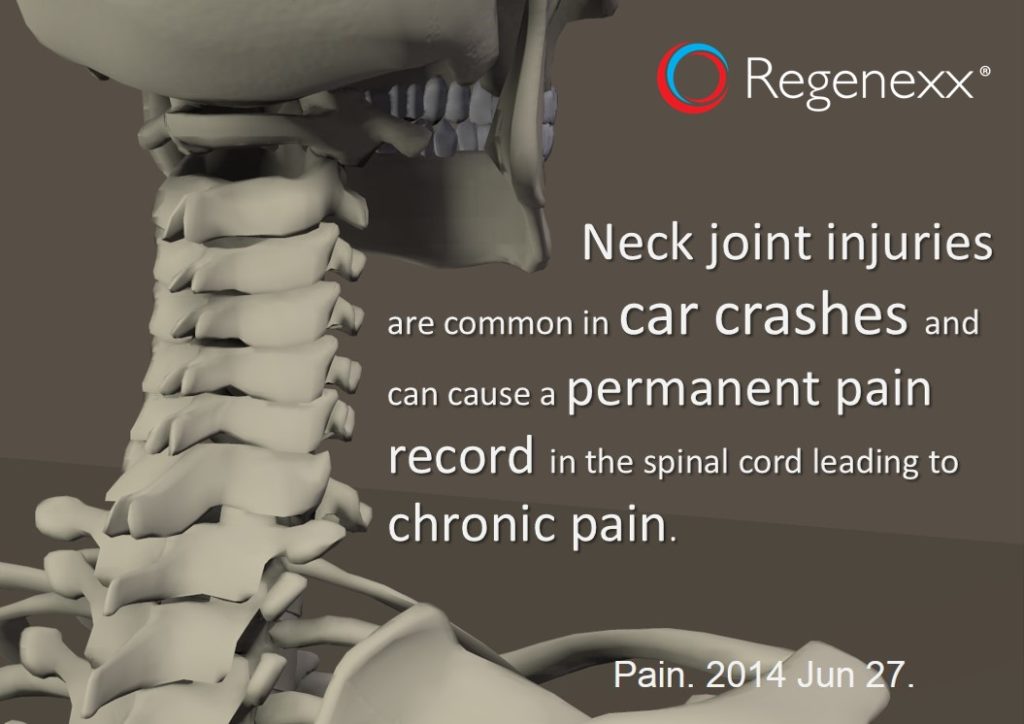Neck Facet Joint Pain Treatment? New Study Shows Treating Extremely Early May Help
Believe it or not, your neck has 14 joints that are about the same size as your small finger joints. No way you say? Yes way. These joints are commonly injured in car crashes and the standard neck facet joint pain treatment is either an injection of high dose steroids or burning the nerves that take pain from the joints. Now a new study suggests that neck facet joint pain treatment needs to come very early to beat long-term problems, perhaps way too early.
The facet joints allow motion in the spine and limit it to a certain amount. For example, your neck facet joints prevent you from turning your neck around 360 like the exorcist. However, many people in rear end and other crashes find their neck possessed of a different kind of demon-chronic neck pain. This happens because the joint gets injured and our understanding of this problem has shown that there’s more involved than a simple injured joint. In fact ground breaking work by Beth Winklestein’s research group from Penn has shown that nerves in the spinal cord get “excited” by these injuries and this may be one reason the pain never goes away. Literally, long after the joint has tried to heal, the spinal cord has recorded a permanent record of the pain and in some patients it replays that record over and over.
Beth’s research group recently tried to find out if blocking the pain signals from the injured facet joint in rats could stop the spinal cord from getting excited in the first place. They numbed up the injured neck joints at various time points after they created facet joint injuries. Regrettably, the only time that avoided the excitability and the pain record from being etched into the spinal cord was at 4 hours after injury. Waiting any longer didn’t stop the spinal cord from getting excited.
The upshot? We’ve had good success with using the patient’s own concentrated blood platelets and stem cells to help treat facet injuries without having to inject high dose steroid which can harm the joint or burn the pain nerves away (radiofrequency lesioning). However, for patients who are resistant to these treatments, Beth’s now well researched paradigm that spinal cord hyper-excitability may be the cause of their problems presents some interesting ways to refocus our efforts. However, in the managed care world we doctor’s live in, performing a facet injection in the first four hours of injury will never happen!

If you have questions or comments about this blog post, please email us at [email protected]
NOTE: This blog post provides general information to help the reader better understand regenerative medicine, musculoskeletal health, and related subjects. All content provided in this blog, website, or any linked materials, including text, graphics, images, patient profiles, outcomes, and information, are not intended and should not be considered or used as a substitute for medical advice, diagnosis, or treatment. Please always consult with a professional and certified healthcare provider to discuss if a treatment is right for you.

